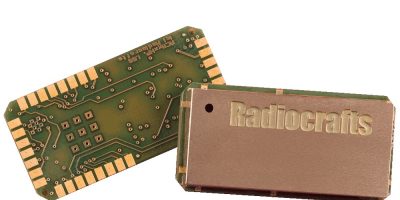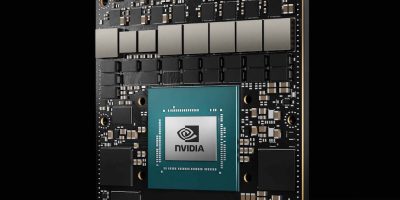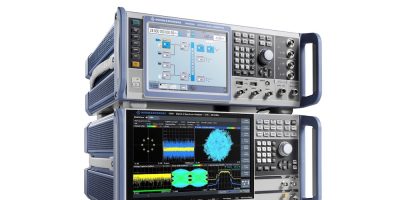AMD and mobility technology company, Ecarx, will work together on an in-vehicle computing platform for electric vehicles (EVs), expected to be in mass production in late 2023. The Ecarx digital cockpit in-vehicle platform will be offered with AMD Ryzen Embedded V2000 processors and AMD Radeon RX 6000 Series GPUs (graphic processor units) and Ecarx hardware and software.
The digital cockpit’s features will include driver information mode, heads-up display, rear seat entertainment, multiple-displays, multi-zone voice recognition, gaming and a 3D user experience.
Ecarx is AMD’s first strategic ecosystem partner in China for the digital cockpit.
“The global automotive industry is transforming towards an intelligent future at an unprecedented pace with demand for computing power and graphics capabilities rapidly increasing,” said Ziyu Shen, chairman and CEO of Ecarx. “With this collaboration, we will further enable OEMs and tier 1 suppliers to enhance their digital cockpit experiences as they seek to create greater consumer value through intelligent connected cars.”
“EV adoption is now a key underlying factor for growth in the automotive semiconductor market and the associated semiconductor demand is forecast to grow at a CAGR [compound annual growth rate] of 31 per cent over 2021 to 2026,” said Asif Anwar, executive director – PBCS and EVS, Strategy Analytics. He believes domain- and zonal-based architecture will drive adoption of the digital cockpit, ADAS (advanced driver assistance systems) and the connected vehicle.
The Ryzen Embedded V2000 Series processors are the second generation designed for automotive in-vehicle infotainment and instrumentation applications. They are also used in industrial edge, thin client and miniPC systems. The processors can power up to four independent displays simultaneously in 4K resolution; it is equipped with up to eight CPU cores and seven GPU compute units. A single AMD Ryzen Embedded V2000 Series processor provides up to two times the multi-threaded performance per Watt, up to 30 per cent better single-thread CPU performance and up to 40 per cent better graphics performance over the previous generation.
AMD Radeon RX 6000 Series GPUs are built upon the AMD RDNA 2 graphics architecture. This is, said AMD, the only graphics architecture that spans from next-generation desktop PCs, laptops and consoles to mobile devices and automotive infotainment systems. It offers up to two time higher performance) and up to 50 per cent more performance per Watt in select titles compared to the previous generation AMD RDNA architecture.
Ecarx’s current core products include infotainment head units (IHU), digital cockpits, vehicle chipsets, a core operating system and integrated software stack. It is also developing a full-stack automotive computing platform.
Its technology has been integrated into more than 3.2 million cars worldwide.
For more than 50 years, AMD has developed computing, graphics and visualisation technologies.







